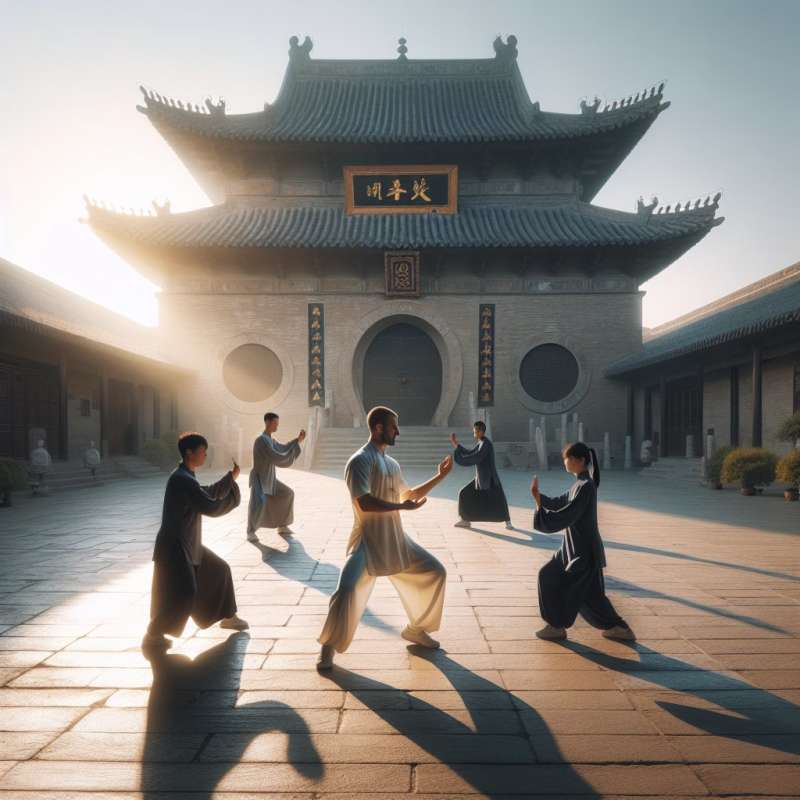
Shaolin Temple Origins
The Shaolin Temple, established in the 5th century, became famous for its association with Chinese martial arts, particularly Shaolin Kung Fu, and Zen Buddhism. Its cultural significance is profound in Chinese history.
First Destruction Event
The temple first faced large-scale destruction in 1358 during the Red Turban Rebellion. The uprising against the Yuan dynasty culminated in the temple's sacking, leading to a period of decline.
Reconstruction and Resilience
Despite the destruction, the Shaolin Temple was rebuilt several times. The resilience of the monks and continued patronage by subsequent dynasties allowed the temple to remain a symbol of Chinese culture.
Wang Xing's Betrayal
In the 16th century, former Shaolin monk Wang Xing rebelled against the Ming dynasty. When his connection to the temple was discovered, imperial forces razed the Shaolin Temple as retaliation.
20th Century Challenges
The Shaolin Temple faced numerous challenges in the 20th century, including warlord attacks in the 1920s and destruction during the Cultural Revolution, which saw many historic sites targeted.
Modern Revival Efforts
Since the late 20th century, efforts to rebuild and promote the Shaolin Temple have led to a renaissance. It has become a UNESCO site and a global martial arts destination.
Shaolin's Global Influence
The Shaolin Temple's influence extends globally through films, pop culture, and the spread of Shaolin martial arts, creating a legacy that transcends its physical destruction.Unexpected Shaolin Fact
The Shaolin monks once trained in a unique form of martial arts inspired by watching the movements of animals in their natural habitats.
When was Shaolin Temple established?
5th century
During Ming dynasty
16th century
Company